How Foodbanking has Changed
Three ways foodbanking has changed in the COVID-19 era
By Emily Gallion, Grant & Metrics Manager/Advocacy Manager, and Caitlyn McIntosh, SNAP/Outreach Lead
Over the course of the pandemic, there have been news stories across the nation of long food bank lines and an increase in demand like we have never seen before. But the nature of foodbanking has not always looked like this.
While we have all been adapting to a “new normal” at work and at home, those of us in foodbanking have also shifted the way we operate. We believe many of these changes are here to stay. Here are the top four ways foodbanking has changed in the COVID-19 era.
1. Food banks have had to shift emphasis to a direct service model.
Generally, we serve families in the community through two programming “buckets”. The first bucket is the distribution of food to partner agencies, which include 116 food pantries, hot meal sites, and other hunger relief agencies in the Miami Valley. This bucket is codified in our mission statement: “The Foodbank relieves hunger in the community through a network of partner agencies by acquiring and distributing food.”
However, there are some areas that have fewer resources. The second programming “bucket,” direct service, comprises interventions we make in those areas to meet any gaps. These include Mobile Farmers Markets, Mass Food Distributions, our on-site Drive Thru Food Pantry, and programs targeted to vulnerable demographics, such as our Commodity Supplemental Food Program (CSFP, or Senior Food Box program).
At the height of the pandemic, our area saw an estimated 28% increase in reported food insecurity. At the same time, about 40% of our partner agencies were forced to suspend services due to a variety of difficulties, such as the closure of their facilities or the health concerns of their older, high-risk volunteer base. Some of these agencies still have yet to reopen.
In response, we have drastically increased service through our Drive Thru and Mass Distributions. In calendar year 2020, the number of people served through our Drive Thru more than doubled compared to the previous year, while the total number of people served by our agency pantries increased less than 5%.
2. Food banks have invested in capacity across the board
With a significant increase in demand, many food banks have had to make large investments in their infrastructure in order to keep up. Our warehouse was built in 2014 and was designed to process up to 10 million pounds of food annually. We have consistently exceeded that amount, distributing 17.9 million pounds last fiscal year
To support this increased distribution of food, we have had to make significant investments in our capacity. In the past year, we have unveiled two new trucks and expanded our headquarters to accommodate additional staffing. We have grown from a team of just over 20 people to more than 50 strong.
Thankfully, donations from the public and grants have enabled us and other food banks to make these necessary expansions. Our partnership with Feeding America, the national network of food banks, has been more beneficial than ever this past year: To date, we have received over $1 million in COVID-19 related funding through Feeding America, much of it directed to improving our capacity.
Because the Foodbank originated as a Red Cross subsidiary, the foundation of our service model is disaster relief. We have a Disaster Plan in effect that allows us to respond quickly and efficiently to both local and national disasters. With the infrastructure improvements we have made in the past year, we will be better equipped to respond to disasters in the future.
3. Food banks are expanding services with an equity lens
In the wake of George Floyd’s death, food banks across the US released statements in support of the Black Lives Matter movement. Simultaneously, the COVID-19 pandemic shone a spotlight on the health disparities between communities of color and the white community. We and other food banks are taking steps to operationalize a more equity-focused mission.
The Foodbank values all people without judgement. We are not new to equity work. We deliberately hire and cultivate a diverse staff that includes people of color, women, LGBTQ individuals, and people from various other backgrounds. We actively recruit team members who have previously been incarcerated. About one third of our current Foodbank team joined this hunger relief work after exiting the criminal justice system.
While systemic racism and inequality may be a new topic for some individuals in the nonprofit sector, it is a familiar reality to many of the people in our lines. We understand that racism is a contributing factor to differences in food insecurity among white and nonwhite households. African Americans are more than twice as likely to experience hunger in the United States.
In addition to participating in Equity, Diversity, and Inclusion training, we are taking steps to build equity into our services. The Foodbank recently participated in a service gap map with the University of Dayton. This research study allows us to pinpoint communities that have fewer available resources. In a service territory that is still largely segregated, this is a valuable tool to assess how well we are serving diverse communities.
We are eager to learn and share more about EDI work as we continue down this path.
While 2020 was an immensely difficult year, the lessons learned and long-term investments made will help us to be more resilient, innovative, and adaptable in the future. Down the line, we hope to see a future in which hunger is not a reality for millions of Americans.
To learn more about or work, read our community impact statement here.
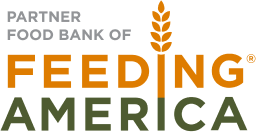
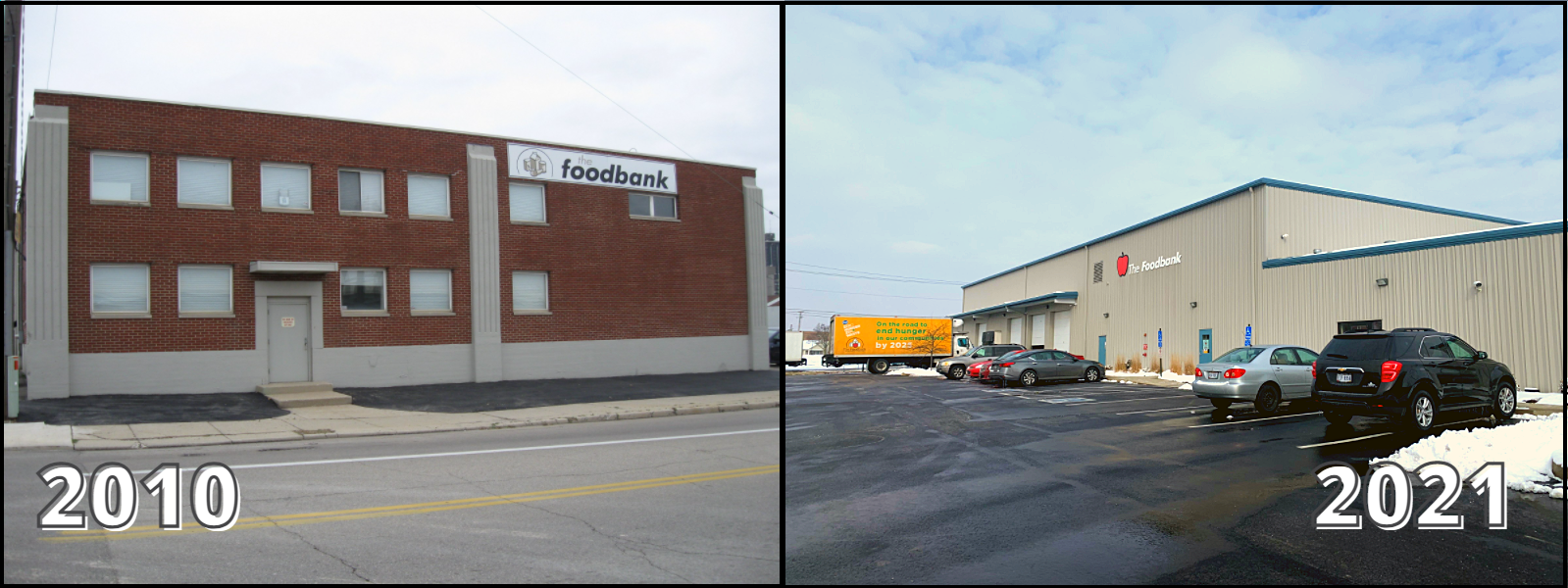
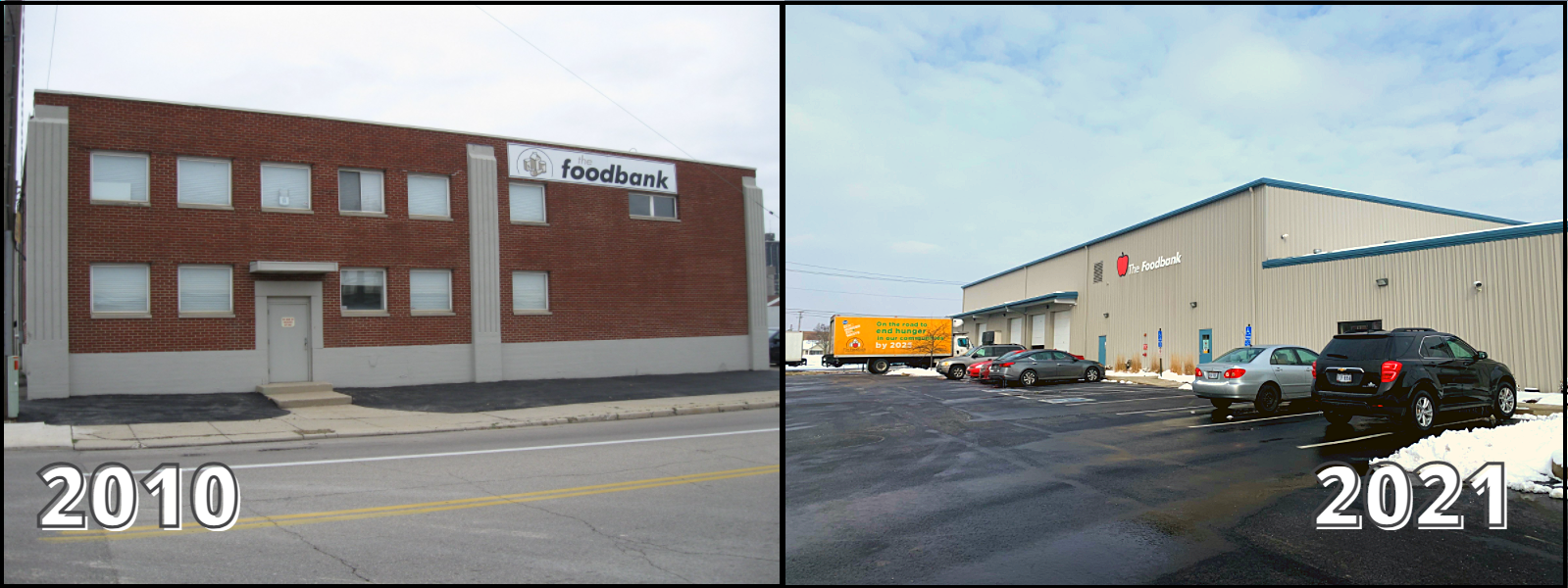
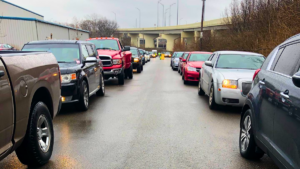

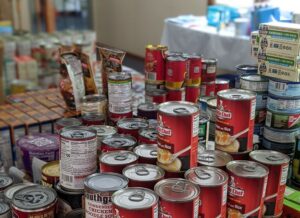
No comment yet, add your voice below!